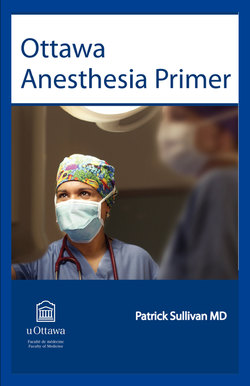Читать книгу Ottawa Anesthesia Primer - Patrick Sullivan - Страница 63
На сайте Литреса книга снята с продажи.
Оглавление
The mnemonic ‘BONES’ has been used as an aid to identify patients that may be difficult to ventilate using a bag and mask.
Predicting Difficulty with Mask Ventilation:
Factors predicting difficult BMV include elderly, edentulous patients, obesity, history of obstructive sleep apnea, and the presence of a beard. Patients with predictors of difficult BMV may or may not also have predictors of a difficult intubation. Patients with predictors of both a difficult BMV and difficult intubation require special attention and careful planning to avoid a “cannot intubate, cannot ventilate” crisis. Planning would involve having a difficult airway cart immediately available, enlisting experienced assistance for intubation, use of advanced airway equipment tools, and/or consideration for an “awake” intubation with a fiberoptic scope using topical anesthesia and judicious intravenous sedation. See Chapter 7 for a further discussion on advanced airway options for managing a difficult airway.
In a recent review of 50,000 anesthesia cases, the combined frequency of difficult BMV and tracheal intubation was 0.38% or 1 in 266 patients.1 Predictors included the presence of sleep apnea, body mass index (BMI) > 31, Mallampati 3 or 4 view, male, beard, edentulous, restricted thyromental distance, and restricted neck extension. A focused preoperative examination can be used to look for these predictors and identify patients at risk for a “failed airway”. Either “awake” intubation or use of a regional or local anesthetic technique might then be considered.
